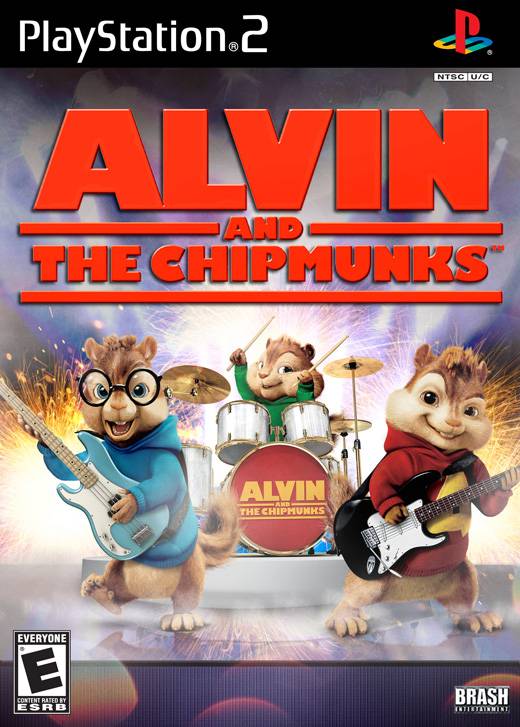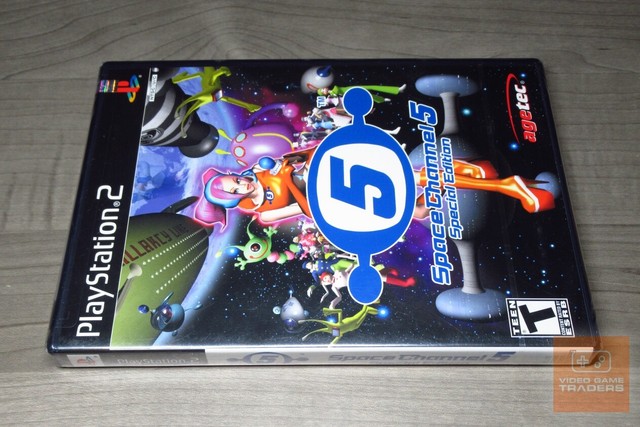
Dance-offs involve dancing against an opponent, with some routines differing depending on the player's performance, while shoot-outs require players to shoot attacking enemies and rescue hostages. Each level is split up into several parts, revolving around dance-offs or shoot-outs, during which the player must repeat commands spoken by the opponent (Up, Down, Left, Right and Shoot) in time to the rhythm. The games revolve around players controlling the funky space reporter, Ulala, as she grooves to rescue hostages and stop the enemy. Space channel 5 part 2 23 report 5 strobe action.


Space Channel 5 was first released in Japan in 1999 and North America and Europe in 2000 for the Dreamcast it was later released for the PlayStation 2 in Japan and Europe in 2002 and in North America as Space Channel 5: Special Edition in 2003 and then ported by THQ to the Game Boy Advance as Space Channel 5: Ulala's Cosmic Attack in the same year. The game's theme song, Mexican Flyer, was composed by Ken Woodman in the 1960s. During gameplay, the game characters perform a sequence of moves to the beat, such as steps and shots, which the player must reproduce with corresponding button presses. Space Channel 5 ( スペースチャンネル5, Supēsu Channeru Faibu) is a music video game developed by United Game Artists under the direction of Tetsuya Mizuguchi and published by Sega.


 0 kommentar(er)
0 kommentar(er)
